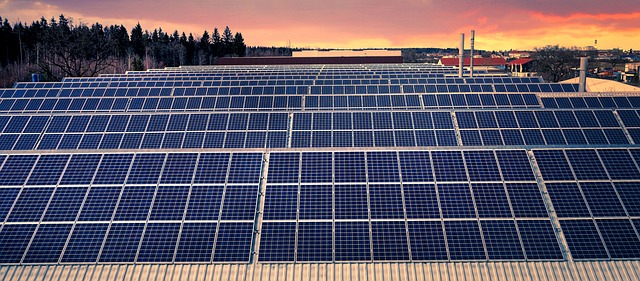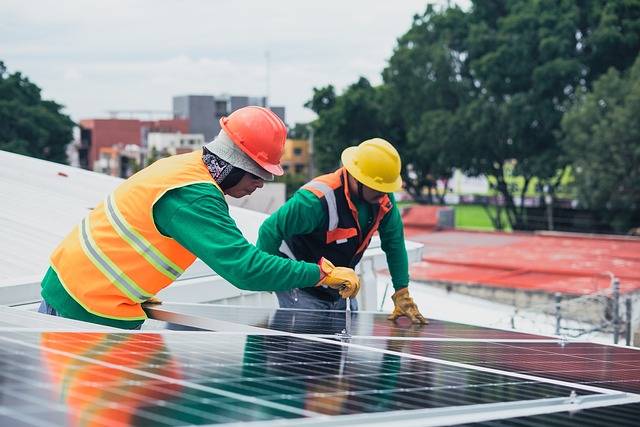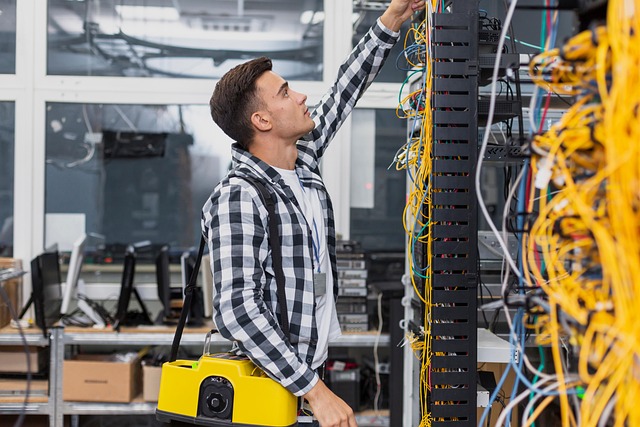Incentives like tax credits, rebates, and grants from governments and manufacturers significantly reduce costs for real estate buyers aiming to invest in energy-efficient upgrades and smart home technology. By staying informed about these programs, both buyers and investors can enhance property appeal, maximize savings, contribute to environmental sustainability in the real estate market, and ultimately make informed decisions.
In today’s competitive real estate market, understanding incentives and rebates can significantly influence homeownership decisions. This article explores how financial offsets like government programs, rebates, and incentives play a pivotal role in easing installation costs, making homeownership more accessible. By delving into these strategies, potential buyers can navigate the process with greater affordability, ultimately fostering growth in the real estate sector.
Understanding Incentives and Rebates in Real Estate

Incentives and rebates play a significant role in the real estate market, offering potential buyers and homeowners financial relief during an often costly process. These incentives are designed to offset installation costs, making it easier for folks to navigate the challenges of purchasing and renovating properties. Whether it’s a government program providing tax credits for energy-efficient upgrades or a builder offering rebates on specific features, these promotions can significantly impact a buyer’s bottom line.
Understanding these opportunities is crucial in real estate. Homebuyers should stay informed about local, state, and federal programs that incentivize certain types of installations, such as solar panels, smart home systems, or energy-efficient appliances. By taking advantage of these rebates, buyers can reduce initial expenses, potentially saving thousands of dollars. This strategy not only empowers buyers but also contributes to a more sustainable and efficient real estate landscape.
How Installation Costs Impact Homeownership Decisions

In the competitive real estate market, every aspect of a property influences potential buyers’ decisions. One significant factor often overlooked is the installation cost, which can make or break a homeownership deal. High setup expenses can deter purchasers, especially first-time buyers with limited budgets. These costs cover various elements, from labor and materials to equipment and system integration.
For instance, in the context of smart home technology, the initial outlay for installing advanced security systems, automated lighting, or centralized climate control might seem prohibitive. However, rebates and incentives offered by manufacturers and service providers can offset these expenses, rendering such upgrades more accessible. Understanding this dynamic is crucial for both real estate professionals and homeowners-to-be, as it highlights how strategic financial considerations can enhance the appeal and affordability of a property in the eyes of prospective buyers.
Strategies to Offset Costs through Government Programs

Many governments offer incentives and rebates to promote energy-efficient home upgrades, which can significantly offset installation costs for real estate owners. These programs are designed to encourage the adoption of sustainable practices and reduce environmental impact. Homeowners can explore various government initiatives, such as tax credits, grants, or rebate programs, that provide financial support for installing solar panels, purchasing energy-efficient appliances, or implementing smart home technology.
By taking advantage of these strategies, real estate investors can make their properties more attractive to eco-conscious buyers and tenants while also enjoying substantial savings on upfront installation expenses. It’s a win-win situation, as it fosters environmental stewardship and allows property owners to access cost-effective ways to enhance their real estate investments.






